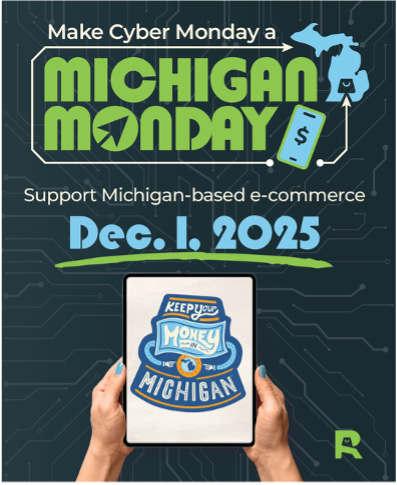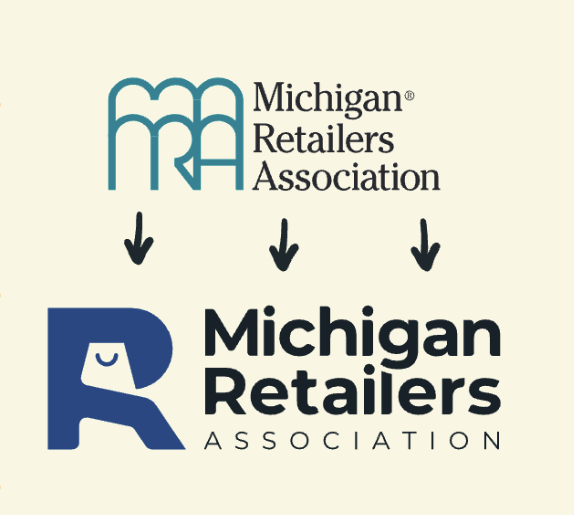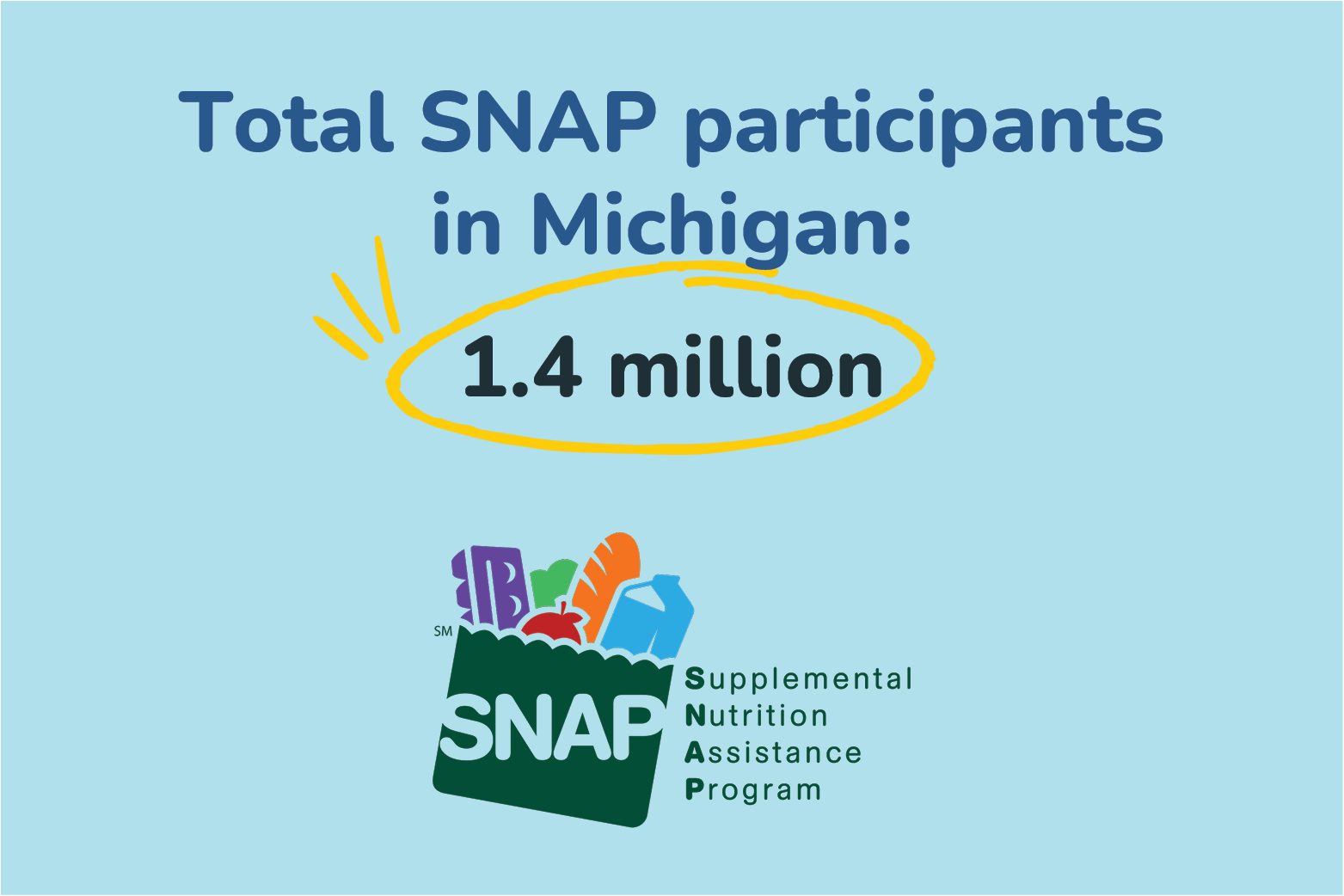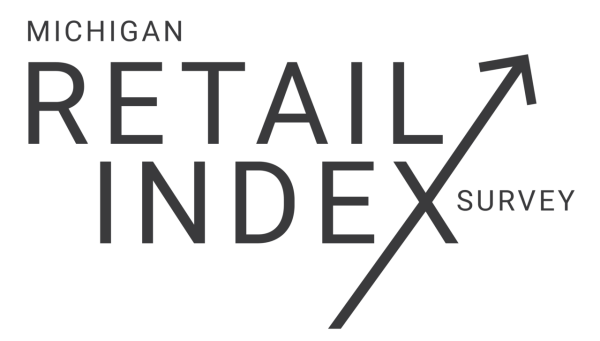SNAP Cuts to Impact Retailers
The President's spending bill, signed into law in July, featured the biggest cuts to the Supplemental Nutrition Assistance Program (commonly known as SNAP) since the program's inception, according to the Congressional Budget Office estimate. The bill reduces funding by about 20%, or roughly $186 billion between 2025 and 2034. While the deepest cuts don't take effect until after the 2026 midterms, some changes have a shorter-term impact, including new work requirements and provisions that oblige states to take on a share of SNAP costs.
A 2025 study from the Center for American Progress (CAP) aimed to determine which businesses in which areas might see the most drastic shifts as cuts take effect by looking at two factors: the percentage of SNAP participants as a share of a county's total population, and the number of retailers per 1,000 SNAP recipients. Wayne County, where nearly 25% of the county's population and a little more than 2,200 authorized SNAP retailers, was identified as a higher-risk area.
In an interview about the CAP study, Stephanie Johnson of the National Grocers Association highlighted the impact to independent grocers in higher-risk areas like Wayne County: "Some stores in low-income neighborhoods have more than 50 percent SNAP sales. A 20 percent cut to SNAP would make it very difficult for stores like this, in food deserts, to remain open."
1.4 million
Total SNAP participants in Michigan
434,357
Total SNAP participants in Wayne County
2,226
SNAP Authorized retailers in Wayne County
Labor Law Posters
Keep your business compliant with State and Federal requirements. As a MRA member benefit, you get one free set of posters (sold elsewhere for $30-$40). Members who previously requested older versions of the labor law poster should have received the free updated State poster (Version 4.25) following the addition of the Earned Sick Time Act information and Resources for Michigan Veterans poster.
To get your free state and federal posters, use coupon code LABOR during checkout. Additional poster sets cost $30 each plus tax.
MLCC Updates Fingerprinting Process for License Applicants
Beginning Aug. 1, 2025, the Michigan Liquor Control Commission (MLCC) will implement a new fingerprinting process for liquor license applicants to comply with updated requirements from the FBI and Michigan State Police.
Under Michigan law, applicants must be fingerprinted based on specific eligibility factors. To meet federal and state standards for accessing fingerprint and criminal history data, the MLCC will remove the fingerprint form from its applications and website.
Instead, once an application is received and reviewed, the MLCC will determine whether fingerprints are required. If so, the applicant will receive a Livescan Fingerprint Background Request (LCC-105) form, which includes instructions and the required documentation to bring to a Livescan agency.
This change helps prevent unnecessary fingerprinting or use of MLCC-specific forms for non-MLCC purposes. It ensures better security, efficiency, and alignment with law enforcement protocols.
Dates & Deadlines
October
Oct. 1 - Michigan Annual Report for Nonprofit Corporations with LARA due
Oct. 1-Dec. 14 - Michigan WIC Central Region Vendor Contract Renewal (rolling 3-year renewal period by region)
Oct. 31 - Nursery Dealer and Growers Licenses expire
Monthly
Sales & Use Tax - Monthly & EFT - On or before the 20th day of the following month.
Withholding Tax - Monthly & EFT - On or before the 20th day of the following month.
Retailer's Prepaid Wireless 911 Surcharge - within 30 days of the close of each month. Receipt of a complete Form 5012 is required regardless of payment method.
Quarterly
Corporate Income Tax (CIT) Estimated Returns and Payments (Jan. 15, April 15, July 15, Oct. 15)
Sales & Use Tax - Quarterly & EFT - On or before the 20th day of the month following the quarter (Jan. 20, April 20, July 20, Oct. 20)
Withholding Ta x - Quarterly - On or before the 20th day of the month following the quarter (Jan. 20, April 20, July 20, Oct. 20)
Unemployment Employer's Quarterly Wage/Tax Reports (Jan. 25, April 25, July 25, Oct. 25)






